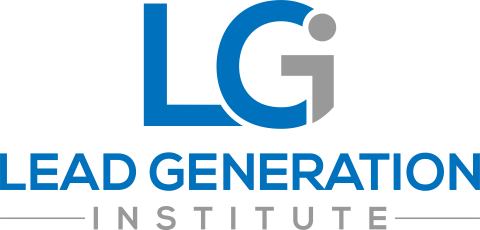The term sales enablement is a relatively new one. It’s also something that has been talked about as being a key component for a company’s success. However, there is still some confusion, with each organization defining it differently. Primarily, organizations use sales enablement to refine and communicate knowledge and information to their sales teams to enhance the customer’s buying experience.
In simple terms, sales enablement is a multi-faceted approach that aims to empower sales teams and improve conversion rates. It is a way of bridging the gap between sales strategy and execution, which ensures that the actions taken by the sales staff and the service functions are in alignment with the overall strategy of your company. Also, this will give you more control over how your customers to experience your brand.
Though seemingly simple and straightforward, the process is a bit more complicated than that. Marketing, sales operations, training, research and development all will want to provide the sales team with information, equipping them with the necessary knowledge and resources to get the job done, but this can lead to a lot of precious time being wasted as the sales force struggles to make sense of it all.
As such, sales enablement will also require the sales team to have the necessary training, access to data, and the tools that will help them effectively address prospects. That said, here are the basics that make up a sales enablement strategy.
Developing Customer Personas
Though technically part of a content marketing strategy, customer personas will also double as a sales enablement tool for your sales staff. Customer personas are profiles of your ideal client. Within any given company, there is more than one decision-maker beyond the CEO.
In fact, there are anywhere between six and seventeen such people within most organizations. Each of them will have their own opinions, points-of-view, and pain points that need to be addressed individually for a sales pitch to be effective on a company-wide scale.
To give several examples, the key personas found in most organizations are the end user, decision maker, and financial authority. Of this group, the fiscal authority is more interested in things like costs, escalation policies, terms of the contract, service level agreements, and so on. End users will care more about implementation, learning curve, and management, while the decision-makers will want to know how your product or service will make the end user more effective or efficient at their job.
As such, for a sales enablement strategy to be effective, customer personas need to be a part of the sales process.
Content Generation
Another essential part of sales enablement is content. The majority of sales enablement strategies involve large amounts of content, making it the marketing department’s job to deliver the necessary resources to the sales team to have more effective customer interactions.
Marketing content relevant for sales enablement will typically include product-centric pieces such as data sheets, white papers, case studies, slide presentations, how-to videos, brochures, and even prospect objection handling. To maximize results, marketers can also create condensed versions of long-form content (one-pagers) for their sales teams to hand out in situations where there’s a need for some added impact and brevity.
Increased Cross-Departmental Collaboration
For a sales enablement strategy to succeed, different departments – particularly sales and marketing – need to work more closely than ever. To help bring them in alignment and avoid letting them work independently of one another, organizations should schedule regular meetings between the teams. Cross-departmental communication channels should be implemented, and mutually accessible tools provided to give the teams everything they need for sales enablement.
Automation Tools
While on the topic of tools, both marketing and sales need to have access to both marketing automation and sales automation tools that will streamline their day-to-day processes, eliminate much of the grunt work, and improve collaboration between the two teams.
The average sales team, for instance, spends roughly 72% of their time researching companies, hunting for prospects’ contact information, data entry, reading and writing emails, leaving phone messages, talking to existing customers, training, and internal meetings. Implementing sales and marketing enablement tools directly into your organization’s existing technologies will save valuable time and keep salespeople focused on driving revenue rapidly.
Training and Education
The last “secret” ingredients for sales enablement are training and education. Many organizations forget about them, but they do so at their own peril. No matter how useful your automation and communication tools are or how well you strategize your sales enablement processes, they can not be effective if your sales and marketing departments don’t know how or don’t want to use them. It’s imperative that you demonstrate the value that these tools have to offer and provide them with the necessary on-boarding and training programs for these technologies, procedures, and strategies.
If you want to learn more about how to enable your sales teams to improve their conversion rates and drive more revenue, let’s connect or subscribe to our newsletter.




